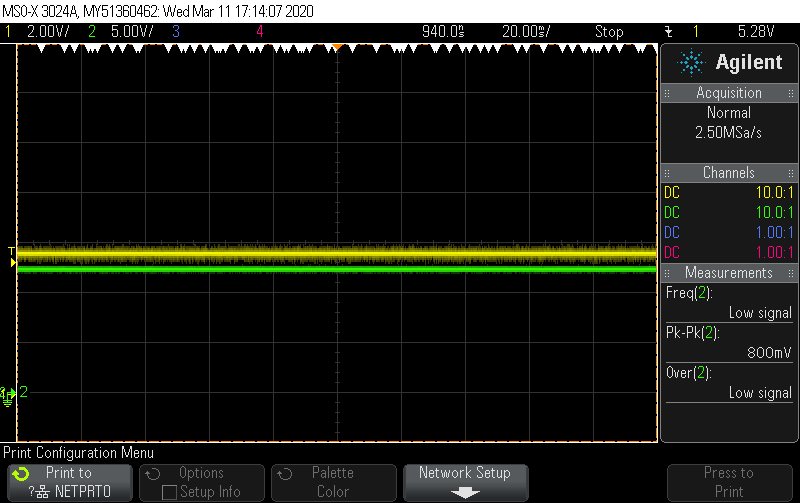I am using p/n TPS7A4701RGWR to generate 8V from a V_SUPPLY that varies from 10-14V & is 12.5Vnom.
The TPS7A4701 regulates as follows;
Vout = 7.1V a Vin = 10V,
Vout = 5.75V a Vin = 12.5V,
Vout = 5.5V a Vin = 14V,
Iout is around 10mA.
The output increases with additional load current
Any ideas what might be going on with this regulator?TPS7A4701.pdf


